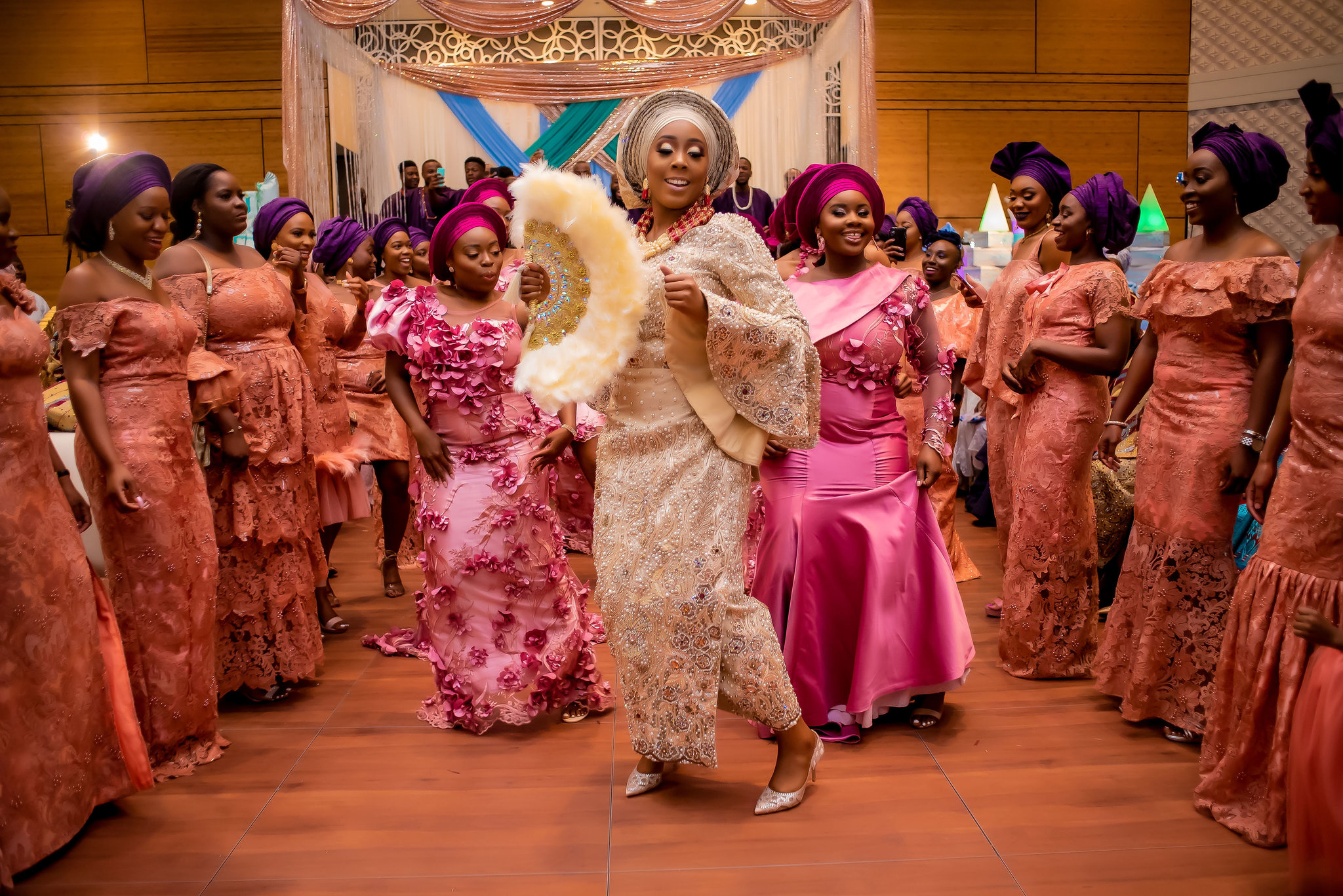The news headlines over the past few weeks have revealed the Nigerian power sector’s struggle to deliver power to consumers. For a country supplying significantly less than the required base amount of 1000MW per 1 million population on its best day, being unable to supply up to its typical 4, 000MW certainly puts considerable strain on consumers dependent on the state utility, especially households.
The recent challenges, although not new, have been the inability of distribution companies (DISCOs) to take power wheeled to them, thereby leading to idling generation capacity by the Generation Companies (GENCOs) on one end and insufficient power available to the consumers at the other. Interestingly, according to the NERC Guidelines on implementation of Economic Merit Order Dispatch and Other Related Matters, even without taking the power, the DISCOs are required to pay for capacity charge to NBET- a cost that will no doubt be passed on to consumers for power they are not taking.
READ: FG set to create at least 5 million jobs for youths in the power sector – Minister of Power
Only earlier in the month, the Odukpani (NIPP), Geregu I, Afam IV&V, Geregu II (NIPP), and Rivers IPP were affected by this load rejection, with up to as high as 1952.5MW generation capacity unused. The Shiroro and Jebba hydropower plants also suffered this fate. It is even more unfortunate that this unused capacity equates to the amount of power on the average required to power at least 2 million homes.
About two weeks ago, the Abuja Electricity Distribution Company (AEDC) and the Transmission Company of Nigeria (TCN) traded blames as to who was responsible for the blackouts in Karu, FCT and Lafia in Nasarawa State. This blackout also affected customers in Nyanya, Mararaba and Keffi, amongst others. Last week also saw a significant drop in electricity generation to 3, 657MW, going below the 4, 000MW mark. Around the same time, while Nigerians complained bitterly of blackouts in various areas, the DISCOs still rejected a total of 5,452.96 megawatts of electricity in that week alone.
READ: Nigeria to fix irregular power supply in 40 years- Senate
Significant infrastructure issues continue to affect delivery of power supply to customers, yet the irony is that customers are now paying what has been termed “service reflective tariffs.” The National Secretary, Nigeria Electricity Consumer Advocacy Network, Uket Obonga, speaking on the infrastructure issues, quipped, “Between Abuja and Kaduna, the DISCO in Kaduna cannot take its allocated load because the transmission infrastructure there that links Abuja and Kaduna cannot transmit the load.”
These fluctuations in utility power supply continue to pave the way for solar power, particularly for households, companies and small industries. With the high cost of petrol and diesel and the unreliability of utility power, it is becoming cost-effective for consumers to consider renewable energy options. According to one World Bank research, self-generation in Nigeria is extremely prevalent- up to nearly 14GW of power.
READ: Daystar plans to raise $100m for West African solar projects
This significant self-generation potential creates a massive opportunity for renewable energy developers. The need for reliable power supply has risen with the coming of COVID-19 and the need to work remotely. Many workers, who previously depended on workplace power supply to charge their gadgets and work, now have to provide their own power supply- often through generators- while having to pay outrageous bills for utility power that is barely delivered. As a result, many households are looking to renewable energy as a viable alternative.
In one market survey by AP news, Sandra, Besong, a government clerk in Nasarawa State had indicated that powering a small generator for two or three hours a day cost her up to 7,000 naira a month, compared to 4,500 for solar, which provided her double the time. At first, the typical conversation around solar was that it was too expensive, but with reducing costs globally and opportunity for local production of solar panels and other equipment, solar alternatives are becoming very attractive – this is added to the fact that there are no noise or air pollution concerns as with petrol and diesel generators.
READ: Estates in Lekki increase electricity tariff to N105/kWh
The Nigerian government recently established an Economic Sustainability Committee to deliver power to 25 million Nigerians who lack access to the national grid. In line with that, the government recently launched the “Energy for All” program, with the aim of providing 5 million households with solar power over the next 12 months.
The $369 million project will channel funds into the solar energy space and effectively reduce costs of solar, making it even more attractive. This would be boosted further by the inclusion of local assembly and manufacturing of solar equipment in the country under the initiative. With this initiative, more investors will be looking to play in the renewable energy space- also considering the VAT exclusions for certain solar equipment under Nigeria’s fiscal laws.
According to one World Bank report, “With more than 80 million Nigerians living without electricity, the opportunity for off-grid solar investment is great.” The Energy Commission of Nigeria has highlighted too that the household sector accounts for the largest share of energy usage in the country – about 65%. This means that with recurring power outages, and positive moves by the government to boost the renewable energy sector, market forces will sooner than later drive consumers – and investors – in the direction of off-grid renewable energy.























